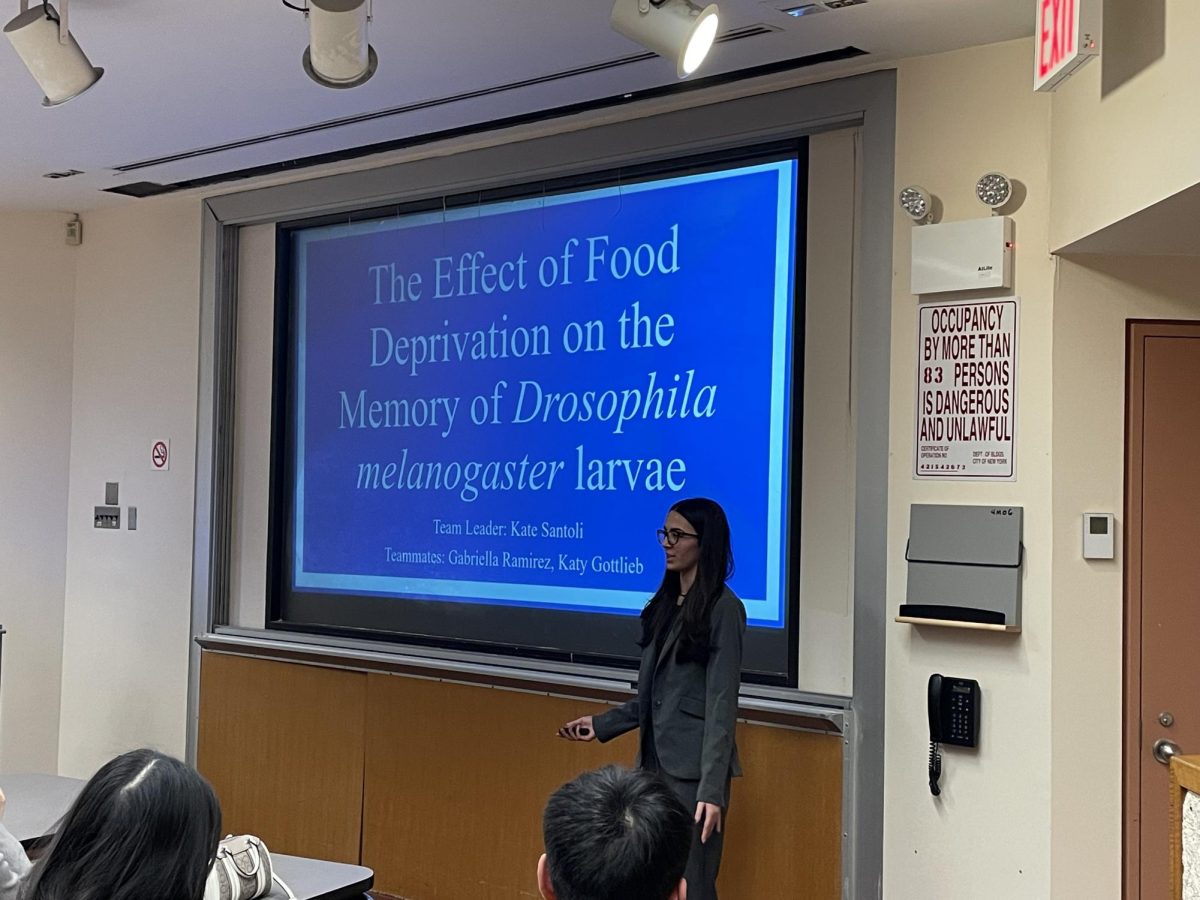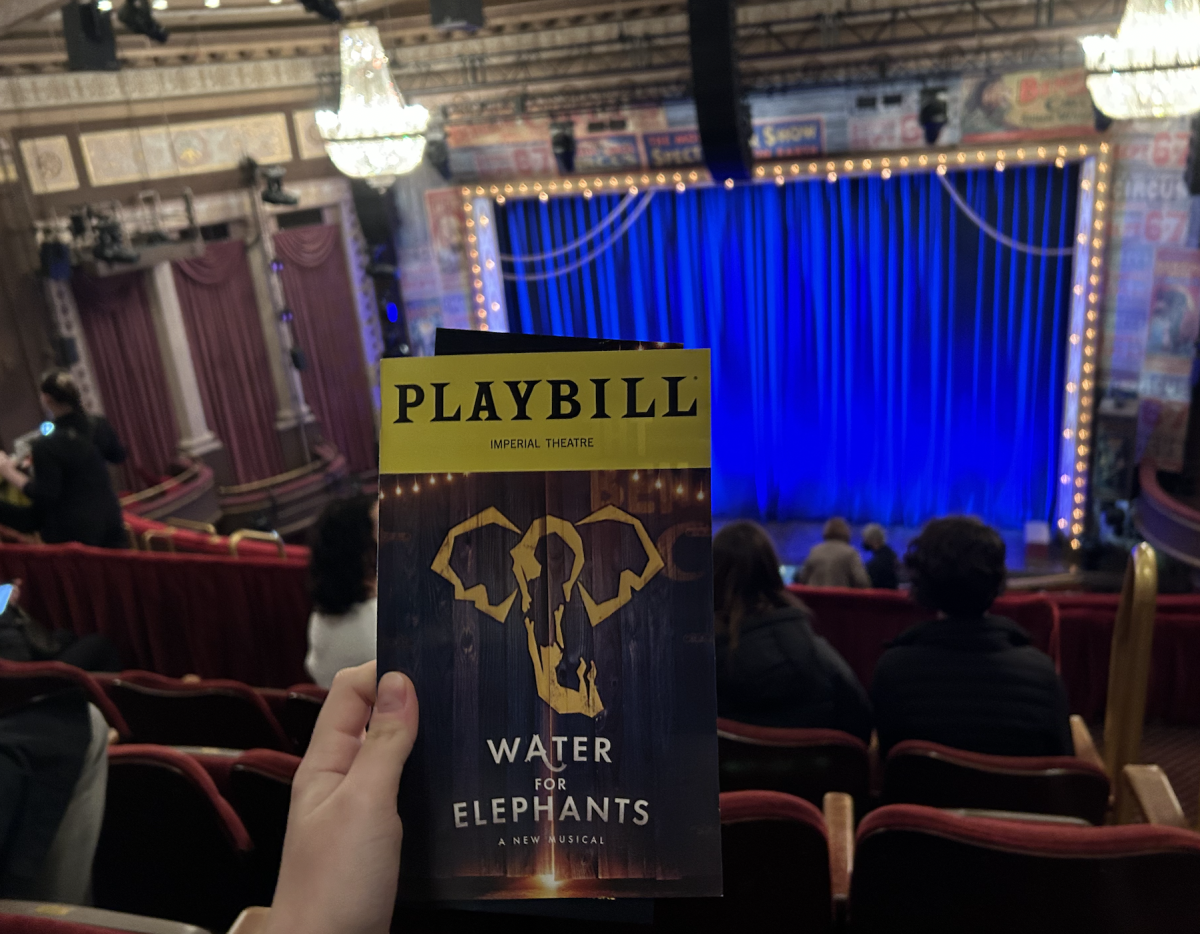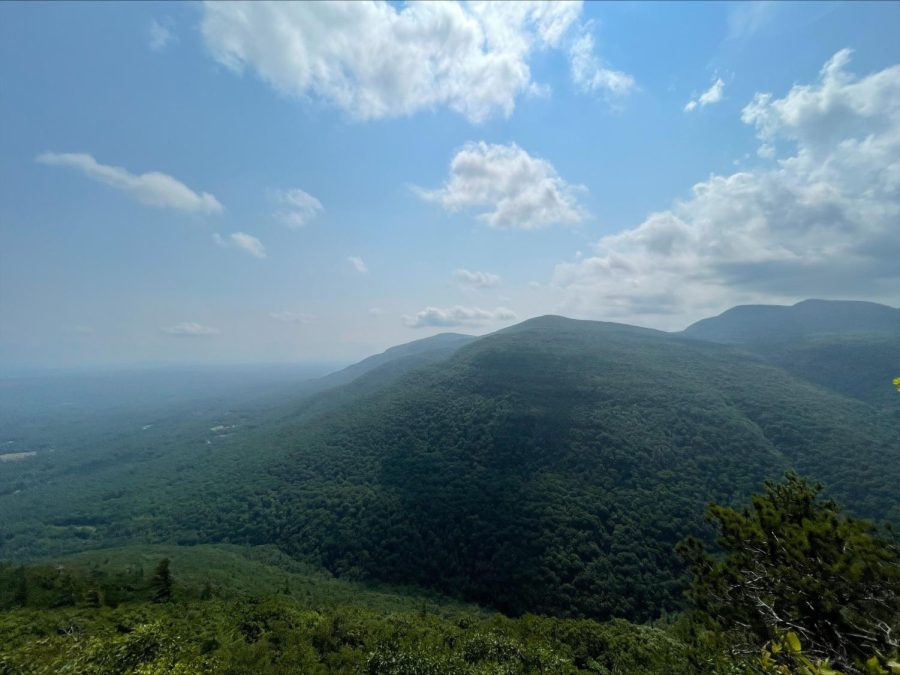Discovering the Flora and Fauna of New York State
For as long as humanity has been around, nature has played a role of integrity. While not as deeply interwoven in humans’ daily lives as it was for their ancestors, it still holds a strong importance.
Though perhaps one may not be aware of it, seeing nature daily has a direct positive impact on the psyche. The Yale Environment 360’s article “Ecopsychology: How Immersion in Nature Benefits Your Health” notes, “A growing body of research points to the beneficial effects that exposure to the natural world has on health, reducing stress and promoting healing.” One study led by Mathew P. White in 2019 showed that spending time in nature can be extremely beneficial to one’s overall health, concluding that spending at least two hours outside helps with psychological well-being.
Simply being in nature is important for humans, and yet it seems as though many people have become increasingly detached from it. Another study, published by the American Association for the Advancement of Science Online in 2002, was entitled “Why Conservationists Should Heed Pokémon” (a rather humorous title for such a dismal subject). It wrote that children, on average, can name more Pokémon characters than natural species. Now, this is not a hostile act aimed directly at Pokémon but rather an opportunity to pose a question: Why does it seem as though people are more disconnected from nature now than ever before? Perhaps this summer is a perfect opportunity to reconnect with it.
New York State is bustling with thousands of different animals, from commonly seen squirrels and rabbits to rarer foxes, bluebirds, and even bats. One species of animal that can be spotted during summers is the white-tailed deer. These deer have especially acute eyesight and hearing and are also good swimmers. Fawns often have white spots spread across their coats (most often on their backs), making them particularly easy to locate (just make sure to be smooth and serene to avoid scaring them away!).
Stoycho Velkovsky, a biology teacher, is enthusiastic about another species: “One thing that’s great is, starting right around now, ospreys are starting to come back.” He explained that ospreys are “predatory bird[s] that eat fish,” and they look like “a typical hawk-type bird [with] brown, soaring wings.” He added, “You’ll see them swoop down and catch a fish in their talons, and then carry them back to their nest.”
In addition to those found on land and in the air, many animals reside in the sea; in the nearby Atlantic Ocean are whales, which can be spotted all year round off the state’s coast but are found in larger numbers during the summer months.
A myriad of plants also flourishes during the summer season. The Northern Blueflag thrives during the summer with its vibrant blues and violets. The Joe-Pye Weed also grows during these months, particularly during mid-to-late summer. Butterflies flock to this plant, as they do to milkweed (heed botanists’ warning that milkweed is, in fact, poisonous to humans when consumed!). The Joe-Pye Weed looks as though it has grown impressive, multicolored rose bushels of fur. “I am aware of two gorgeous flowers that bloom [during the summer]. Firstly, I know of the tiger lily, a flower that kind of looks like the lily [of] the valley shape-wise but assumes a bright orange color with dark brown accents, making it look like a tiger!” exclaimed Olivia Lanteri, a sophomore and member of the Environmental Club. “The other flower is the sunflower, which I know grows plentifully out in the Hamptons during the prime summer months.” Plants other than flowering ones also grow abundantly, with a cornucopia of different deciduous trees often seen throughout the state; maples, oak, and sweetgum are only a few examples.
To spot these lovely organisms, one can go to a plethora of different locations. Fire Island National Seashore, Mashomack Preserve, and Jones Beach State Park offer a glimpse into the coastal ecosystems of New York State. Even observing mere native salt marshes on the coast can deliver a view into the ecosystems located all around. For a closer opportunity, Tanglewood Preserve in Rockville Centre offers a look at organisms that live near Lynbrook. “No matter how much human influence there is, there are still [other living] things around us, and it’s always important to keep an eye on what species there are around you,” Velkovsky explained. If one has a desire to observe the many organisms and general ecosystems existing in upstate New York, he/she can look to Catskill Park or even Niagara Falls State Park.
Staying educated about nature holds a lofty importance in peoples’ lives. “[W]e rely on plants and animals where we live to maintain healthy ecosystems. Those ecosystems provide resources such as air, food, and water that we need for survival,” remarked Jeanette Meszaros, biology teacher. “Exposure to nature makes you feel better emotionally. It also contributes to your physical wellbeing, reducing blood pressure, heart rate, muscle tension, and decrease in the production of stress hormones,” she adds.
Humans inherently rely on nature to produce life; it is an ever knowing and everlasting enigma that has always been a part of this planet. It is a source of inspiration and happiness for many; it holds answers to questions that have plagued humanity for as long as it has existed. Thus, perhaps one should continue to try to be aware of its importance and of the protection from the human species that it requires. In the words of astrophysicist Carl Sagan, “[N]ature is always more subtle, more intricate, more elegant than what we are able to imagine.”








































